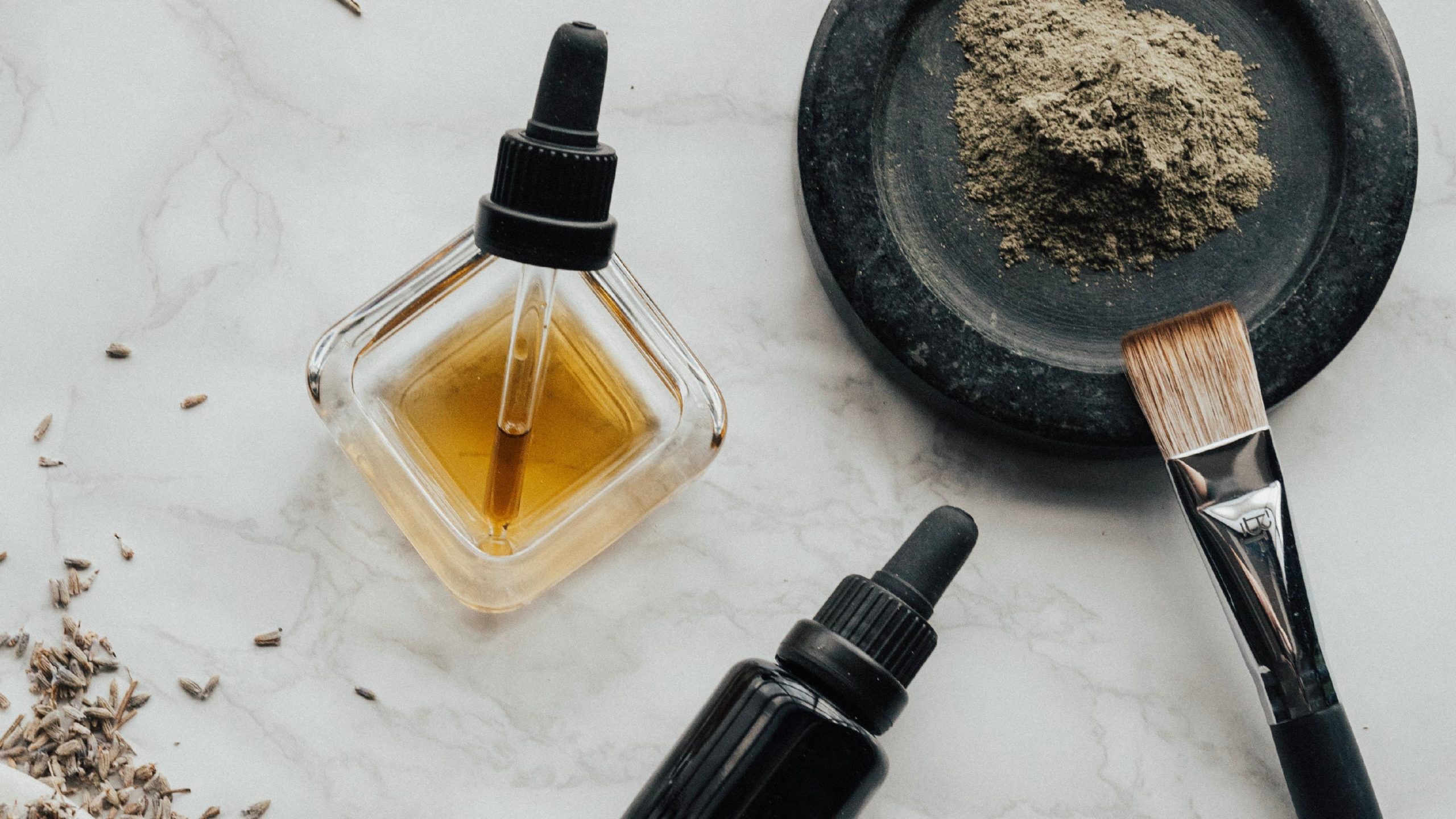Description
Course Overview
This course is unique because it incorporates plant knowledge and essential oil production, as well as properties of essential oils, how to use essential oils, creating therapeutic blends and safety aspects. After completing the course, you can work as a trained Aromatherapist to provide relief and treatment for a wide range of specific ailments, restore emotional well-being through the proper use of massage and essential oils.
◐ Units of Study
- Understand the classification system
- Plant names and plant phyla
- Be able to identify the family, genus and species names of plants
- Pronunciation of Latin names
- Chemistry of herbs and chemical compounds
- Acids, bases and tannins
2. Introduction to Aromatherapy
- Origins of aromatherapy
- Define aromatherapy and its history
- Top notes and middle notes
- Natural chemicals in plants
3. Essential Oils
- Benzoin – Styrax benzoin
- Bergamot – Citrus bergamia
- Cedarwood – Cedrus atlantica
- Chamomile, Roman – Anthemis nobilis
- Chamomile, German – Matricaria Chamomilla
- Clary Sage – Salvia sclarea
- Eucalyptus – Eucalyptus globulus
- Frankincense – Boswellia carterii
- Geranium – Pelargonium graveolens
- Juniper – Jumiperus commuis
- Lemon – Citrus limon
- Lavender – Lavandula angustifolia
- Sweet Marjoram – Origanum majorana
- Sweet Marjoram – Origanum majorana
- Orange, Sweet – Citrus arantium sinesis
- Peppermint – Mentha piperita
- Rose Otto – Rosa centifolia
- Rosemary – Rosmarinus officinalis
- Sandalwood – Santalum album
- Tea Tree – Melaleuca alternifolia
- Sweet Thyme – Thymus vulgaris
- Ylang Ylang – cananga odorata
- Australian Bush Remedies
4. Safe Use of Essential Oils
- How essential oils work
- Inhalation
- Absorption
- Quantities to use
- Blending
- Children
- During pregnancy
- For animals
5. Carriers
- Using carriers
- Sweet Almond oil
- Apricot Kernel oil
- Avocado oil
- Canola oil
- Oil burners
- Carrier oils, creams and lotions
6. Growing and Harvesting Herbs for Essential Oil
- Cultivation of herbs
- Traditional plant row spacings
- Storage of plant parts used for vegetative propagation
- Harvesting material for medicinal use
- Harvest of selected herbs
- Expected yields of selected herbs
- Harvesting herbs for essential oils
- Post-harvest handling of herbs
- Post-harvest preservation
7. Methods of Extraction
- Introduction
- Water Distillation
- Steam Distillation
- Maceration
- Effleurage
- Expression
- Fixatives
- Herbal Preparations
- Preparing Teas, Rinses and Baths
- Preparations using different herbs
- Decoction
8. Hazardous Herbs and Oils
- Introduction
- Carcinogens
- Photosensitisers
- Allergens
- Hormone Like Affects
- Teratogens
- Cellular Respiratory Inhibitors
- Cathartics
- Abortifacients and Irritants
- Alkaloids; types
- Toxic Amino Acids
- Glycocides
- Terpenes
- Plant Acids
- Poly-ynes
- Furanocoumarins
- Proteins
And more in-depth modules to help you become a recognised specialist in Community Mental Health. Each lesson culminates in an assignment which is submitted to the school, marked by the school’s tutors and returned to you with any relevant suggestions, comments, and if necessary, extra reading.
◐ Employment Outcomes
- Aromatherapist
- Massage Therapist
◐ About Course Provider
We cater to the upskiller, the side hustler, the returning to work mums and dads and those that just have a passion for learning.
Share this course with a friend or family member.
Get started with us today
Contact us for more information about how we can help you.




